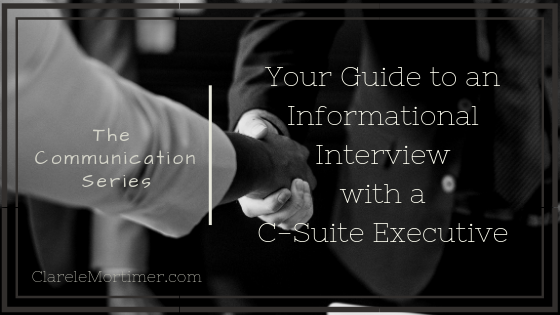One of the most important cornerstones in developing a successful career is networking. Networking can help to make new connections and find more opportunities. It can also give the opportunity to help boost others’ careers. Although networking is imperative to one’s career, there are some myths about networking that could do more damage than good. Take a look at these five myths about networking that need to be busted:
Myth #1: Attending Networking Events Constantly is a Must
Although attending a networking event can lead to new contacts to add to your network, it’s not something that needs to be done very often. Many people will proclaim attending three to five events a week is the best way to meet new people and make connections. On the contrary, attending these events are not all that effective. At networking events, many people tend to stick to people they know or people more like them. Much of the time, events that are not made for networking can often be a better place to make new connections.
Myth #2: Asking for Help is Desperate
Sometimes, asking for help can feel desperate and childish. Many people will struggle instead of getting the help they need. There is a way to ask for help in a network without looking desperate. The best way to ask for help is by sending out a networking letter or email to the connections who know and trust you. This works especially well when looking for a job. The letter should exclude a resume but include an executive summary to highlight your best skills and achievements without actively asking for a job. Next, set up informal interviews with any new connections this could lead to.
Myth #3: Relationships Form Naturally, Not Through Networking
Although a popular belief, building new relationships don’t often happen organically, especially in business. Most relationships built organically aren’t often too friendly and less about business. Building a network must be strategic and diligent. Adding new connections for a network should be deliberate and intentional. The whole point of networking is to build and strengthen a career, not build new friendships. This may seem a little too calculating to some, but this practice will is the best way to develop a successful career.
Myth #4: Stronger Connections Are More Important
The idea that the best and most useful connections are from the ones that we know and trust the most. This type of thinking can hold a career back and possibly derail it. It’s imperative to acknowledge the importance of all connections in a network, even the smaller ones. Connections of the “outer circle” of someone’s network can be much more helpful. Sometimes the closer and stronger connections will typically supply the same information and perspective as you. By looking to smaller or weaker connections, it can open up to new information and resources.
Myth #5: Business Cards Make Connections
Simply put, handing a bunch of business cards is not the way to build a network. Most of the time, business cards will get lost in a junk drawer and forgotten about. Without making an actual connection with someone, a business card is completely useless. A business card is only good for showing contact information. There needs to be a reason and motivation for someone to make contact and build a connection. In order to create a strong network, it’s important to make real connections.

 An informational interview is a great way to learn more about an industry or company you may want to join. It’s also a natural way to form genuine connections with leaders in your field.
An informational interview is a great way to learn more about an industry or company you may want to join. It’s also a natural way to form genuine connections with leaders in your field.


